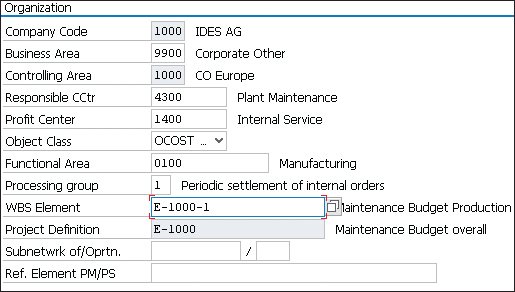16 May 26 CFR § 1 171-2 Amortization of bond premium. Electronic Code of Federal Regulations e-CFR LII Legal Information Institute
Content

A bond is a fixed income investment that allows an investor to take a loan and borrow the funds for a defined period of time at either a variable or a fixed rate. Notice that under both methods of amortization, the book value at the time the bonds were issued ($104,100) moves toward the bond’s maturity value of $100,000. The reason is that the bond premium of $4,100 is being amortized to interest expense over the life of the bond.
Suppose that on 2 January 2020, Valenzuela Corporation issued $100,000, 5-year, 12% term bonds. This $417 consists of 4 months’ cash interest plus $17 of the amortized discount. Note that from the investor’s perspective, the discount increases interest revenue, and from the issuer’s point of view, it increases interest expense. Regardless of the method that you apply as an accountant, the discount is amortized by debiting the Investment in Bonds account.
What are Audited Financial Statements?
The primary advantage of premium bond amortization is that it is a tax deduction in the current tax year. In that case, the premium paid on the bond can be amortized, or in other words, a part of the premium can be utilized towards reducing the amount of taxable income. Also, it leads to reducing the cost basis of the taxable bond for premium amortized in each period.
- A liability, titled “bond payable,” must be created and credited by an amount equal to the face value of the issued bonds.
- Therefore, the semi-annual interest expense recorded would be half of that, or $10,000.
- A more precise method, the effective interest rate method of amortization, is preferred when the amount of the premium is a large amount.
- For the remaining eight periods (there are 10 accrual or payment periods for a semi-annual bond with a maturity of five years), use the same structure presented above to calculate the amortizable bond premium.
The company gets the money from the investors for its capital improvements, but it has to pay the investors back plus interest. The company now owes the investor the amount paid for the bond plus the 10 percent interest. As the bonds are issued at a premium, a new account of the premium is created and credited as it is a surplus account with $2,916,000. Bonds payable will always be credited with the face value of the bond.
Interest Payments on the Bond
Under the straight-line method the interest expense remains at a constant annual amount even though the book value of the bond is decreasing. The accounting profession prefers the effective interest rate method, but allows the straight-line method when the amount of bond premium is not significant. Let us consider an investor that purchased a bond for $20,500.
- Elsewhere the effective interest method may be required in accordance with International Financial Reporting Standards .
- Calculating Bond Premium amortized can be done by any of the two methods mentioned above, depending on the type of bond.
- The IRS requires investors who purchase certain bonds at a premium (i.e., above par, which means above face value) to amortize that premium over the life of the bond.
- Similarly, if the company sells the bonds with a $2,000 premium, the company would debit the cash account for cash received, which would total $202,000 ($200,000 + $2,000).
The obligation provides for unconditional payments of interest of $9,000, payable on January 15 of each year. C uses the cash receipts and disbursements method of accounting, and C decides to use annual accrual periods ending on January 15 of each year. It helps the issuer write off the same interest expense over the bond’s life and claim tax benefits. For the investor, the bond premium forms part of the cost of the bond. The effective interest rate method is commonly used for bond premiums amortization.
Why would a bond be issued at a premium?
When a bond is issued at a premium, that means that the bond is sold for an amount greater than the bond’s face value. This generally means that the bond’s contract rate is greater than the market rate. Like with a bond that is sold at a discount, the difference between the bond’s face value and sales price must be amortized premium bonds amortization over the term of the bond. However, unlike with a bond sold at a discount, the process of amortizing the premium will decrease the bond’s interest expense recorded on the issuing company’s financial records. The issuing company will still be required to pay the bondholder the interest payments guaranteed by the bond.

Volatility profiles based on trailing-three-year calculations of the standard deviation of service investment returns. The amount of any payment previously made on the bond other than a payment of qualified stated interest. In each year, the interest payment is equal to coupon payment, that is USD 8 million.
Hence, a total of $4,916,000 is paid, which includes 10% of the face value, paid as interest, and a premium of $2,916,000. Finally, the value can be found by applying the straight-line method formula to find the premium bond amortization. The premium of $7,722 is amortized using either the straight-line method or the effective interest method. An overview of these methods, using discount and premium examples, is given below. This section explains how to use present value techniques to determine the price of bonds issued at premium. To illustrate, consider the following balance sheet from Valenzuela Corporation prepared on 2 January 2020 immediately after the bonds were issued.



No Comments